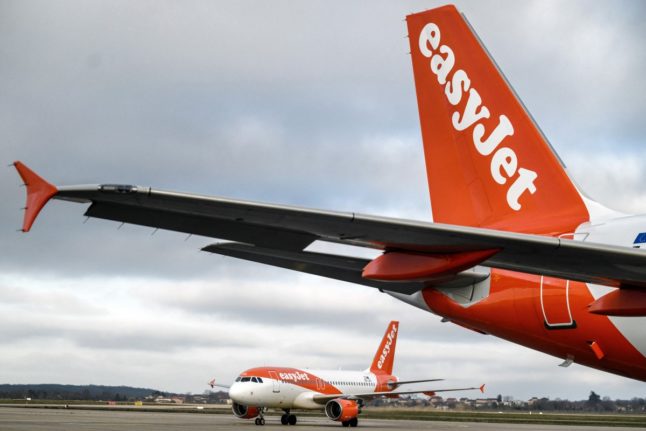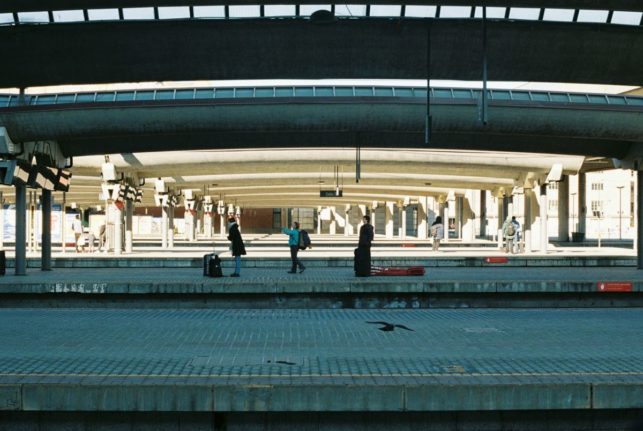EasyJet will return to Oslo for the first time in a few years with new routes to Milan Malpensa and Paris Charles De Gaule in late October.
The flights will initially run from autumn to spring, with four departures to Milan and three to Paris per week.
In addition to the Oslo routes, seven new routes will be launched from the Arctic capital of Tromsø.
“We are very pleased to welcome easyJet to Norway. Their establishment in Tromsø and Oslo will provide both Norwegian and international travellers with more options and strengthen the connection between Norway and important European destinations,” Joachim Lupnaav Johnsen, Executive Vice President of Commercial Management and Development at Avinor, said.
The new Tromsø routes will connect northern Norway to London-Gatwick, Manchester, Paris-CDG, Milan-Malpensa, Bristol, Geneva, and Amsterdam.
All routes would have two flights a week, starting between mid-November and mid-December and lasting until the end of March.



 Please whitelist us to continue reading.
Please whitelist us to continue reading.
Member comments